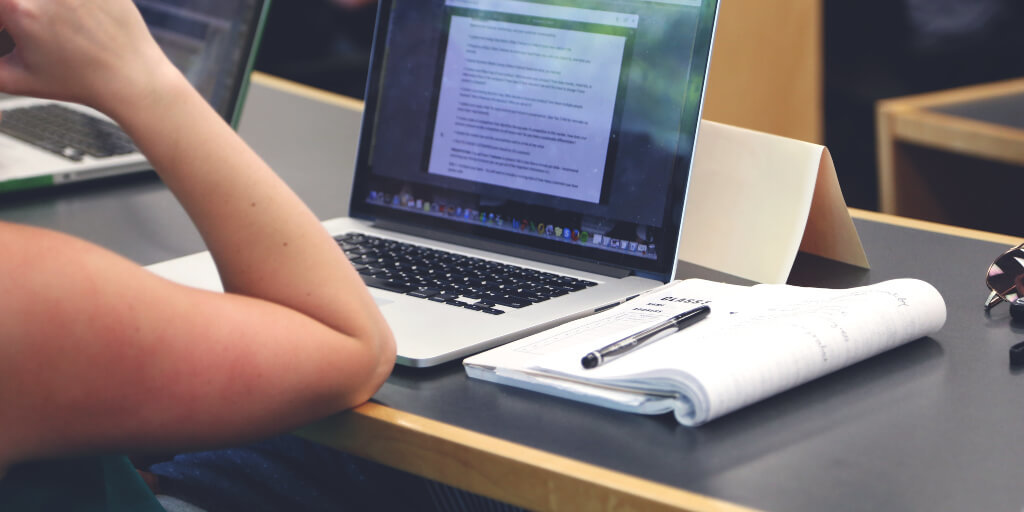Crafting Effective Homemade Laundry Detergent without Borax A Complete Guide
Laundry is a part of our everyday lives, and so is laundry detergent. However, commercial laundry detergents often contain synthetic chemicals and additives that can be harsh on your clothes and the environment. Many people turn to homemade laundry detergent as a natural and cost-effective alternative. In this comprehensive guide, we'll explore how to make homemade laundry detergent without borax, a common ingredient in many DIY recipes. By the end, you'll have the knowledge and skills to create your own effective laundry detergent using simple and safe ingredients.
The Benefits of Homemade Laundry Detergent
Homemade laundry detergent offers several benefits:
Cost-Effective: Making your own detergent is often more budget-friendly than purchasing commercial brands.
Customizable: You can tailor your homemade detergent to your specific needs and preferences, such as scent and cleaning power.
Natural Ingredients: Homemade detergents typically use natural ingredients, making them gentler on your clothes and the environment.
Reduce Waste: By making your detergent, you can reduce plastic waste from store-bought detergent containers.
The Concerns About Borax
Borax, also known as sodium borate, is a common ingredient in many DIY laundry detergent recipes. However, there is some controversy surrounding its safety. Borax has been associated with skin irritation and potential health risks if ingested in large quantities. Due to these concerns, many people prefer to make laundry detergent without borax, opting for alternative ingredients that are considered safer for household use.
Ingredients for Homemade Laundry Detergent without Borax
To make homemade laundry detergent without borax, you'll need a few simple and safe ingredients:
Soap: A bar of soap serves as the primary cleaning agent in your detergent. Castile soap, Fels-Naptha, or Dr. Bronner's are popular choices. Avoid using heavily scented soaps or ones with added moisturizers.
Washing Soda: Washing soda, also known as sodium carbonate, is a natural alkaline cleaner that helps break down stains and dirt.
Baking Soda: Baking soda, or sodium bicarbonate, enhances the cleaning power of your detergent and helps neutralize odors.
Essential Oils (Optional): Essential oils like lavender, tea tree, or eucalyptus can add a pleasant scent to your detergent and offer additional cleaning benefits.
Step-by-Step Guide: Making Homemade Laundry Detergent
Let's explore two popular methods for making homemade laundry detergent without borax: liquid and powdered. Choose the one that suits your preferences and needs.
Liquid Laundry Detergent
Making liquid laundry detergent involves dissolving the soap in water to create a concentrated solution. Here's how to do it:
Ingredients:
- 1 bar of soap (e.g., Castile, Fels-Naptha, Dr. Bronner's)
- 1 cup washing soda
- 1 cup baking soda
- Essential oils (optional, for fragrance)
Instructions:
Grate the soap using a cheese grater or a food processor. You want fine soap flakes for easier dissolving.
In a large pot, add 4 cups of water and heat it until it's simmering. Avoid boiling.
Stir in the grated soap until it's completely dissolved in the hot water.
Add the washing soda and baking soda to the pot and stir until they dissolve.
Remove the pot from heat and let the mixture cool.
Once the mixture has cooled, add essential oils if desired. Start with a few drops and adjust to your preferred scent strength.
Pour the concentrated detergent into a container or empty detergent bottles, leaving some room at the top for shaking before each use.
To use, shake the container to mix the detergent, then measure out 1/4 to 1/2 cup per load of laundry, depending on your washing machine and laundry size.
Powdered Laundry Detergent
Powdered laundry detergent is convenient to store and use. Here's how to make it:
Ingredients:
- 1 bar of soap (e.g., Castile, Fels-Naptha, Dr. Bronner's)
- 1 cup washing soda
- 1 cup baking soda
- Essential oils (optional, for fragrance)
Instructions:
Grate the soap using a cheese grater or a food processor, just like in the liquid detergent recipe.
Combine the grated soap, washing soda, and baking soda in a large bowl.
If you're using essential oils for fragrance, add a few drops and mix well. Adjust the amount to your preference.
Transfer the powdered detergent to an airtight container for storage.
To use, measure out 2-3 tablespoons of the powdered detergent per load of laundry, depending on your washing machine and laundry size.
Using Your Homemade Detergent
Using your homemade laundry detergent is similar to using commercial detergents:
For both liquid and powdered detergents, add the appropriate amount to your washing machine before adding your clothes.
Be sure to follow your washing machine's instructions for detergent use, as some machines have specific compartments for adding detergent.
Storing Homemade Laundry Detergent
Proper storage will keep your homemade detergent effective and safe to use:
Store your detergent in a cool, dry place away from direct sunlight.
Keep it in an airtight container to prevent moisture absorption and clumping.
Label the container with the contents and usage instructions for easy reference.
Tips for Success
Here are some additional tips to help you succeed in making and using homemade laundry detergent:
Test a small batch first to ensure that the detergent works effectively in your washing machine and doesn't cause any adverse reactions with your skin or clothes.
Experiment with essential oils to find a fragrance you enjoy, but be cautious not to overdo it.
Keep the detergent out of reach of children and pets, as it can be harmful if ingested.
Troubleshooting Common Issues
If you encounter issues with your homemade laundry detergent, such as clumping or soap residue on clothes, consider the following:
Clumping: If your powdered detergent clumps, it may have absorbed moisture. Store it in an airtight container and add a moisture-absorbing packet if necessary.
Soap Residue: If you notice soap residue on your clothes, you may be using too much detergent. Adjust the amount and make sure to dissolve the detergent fully in your washing machine.

.jpg)



.jpg)

.jpg)
 English (US) ·
English (US) ·